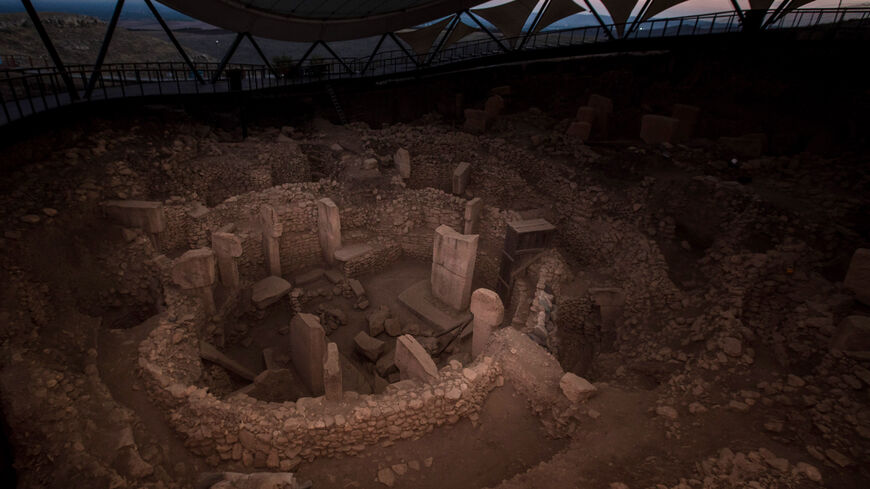One year after earthquake, Turkey's ancient Antioch still devastated
Scars of the quake that killed 53,000 people and displaced millions run deep, and the road to restoration is fraught with political bickering.

HATAY, Turkey — Minutes after the 7.8-magnitude earthquake shook Turkey’s south and southeastern provinces on Feb. 6, 2023, Ayse Ersoy, director of the Hatay Archaeology Museum, rushed to the complex that hosted one of the world’s most renowned mosaic collections. Her concern was not only the damage caused by the temblor — she also feared that amid the chaos and devastation, professional smugglers would lose no time trying to turn the tragedy into profit by pocketing some of the famed coin collections or even the mosaics.
Ersoy’s fears were not unfounded. A man arrived at the site saying he wanted to “volunteer” to help the museum protect the collections inside. Ersoy, a small woman with a pixy haircut and sorrowful eyes, bluffed that she already had 30 security guards on the scene. In reality, there were only two guards at the time, though the Culture Ministry reallocated guards from nearby areas the following days. Afterward, the United Nations Development Programme (UNDP) sent containers to the museum so that the mosaics and other antiquities could be safely stored and ministry staff engaged in recovery efforts could work there.
A year after the earthquake, the containers — where precious pieces were carefully tucked and numbered — are still there, and the museum is a construction site. Several of the walls have been damaged, one annex has collapsed, and the main structure and the floors are being strengthened. The 3,000-year-old, 2-ton statue of Neo-Hittite King Suppiluliuma, the museum’s prized possession (and for Ersoy, the symbol of Antioch’s strength and resilience in the face of seven significant earthquakes in its history), is unharmed and carefully wrapped up, waiting for better times. The third-century B.C. mosaic of a skeleton holding a drink and bearing the inscription "Be cheerful and enjoy life" in ancient Greek, which remained intact on the wall, looks cruelly ironic.
A local urbanization expert who asked for anonymity said it would take at least three years for the museum to return to normal. Asked how long she thinks it would take for the city of Antakya — the provincial capital of Hatay where the museum is located‚ to return to normal, she merely shrugged and said, “Antakya as we know it is dead — and so are we.”
Subscribe for unlimited access
All news, events, memos, reports, and analysis, and access all 10 of our newsletters. Learn more
Continue reading this article for free
Access 1 free article per month when you sign up. Learn more.
By signing up, you agree to Al-Monitor’s Terms and Conditions and Privacy Policy. Already have an account? Log in







